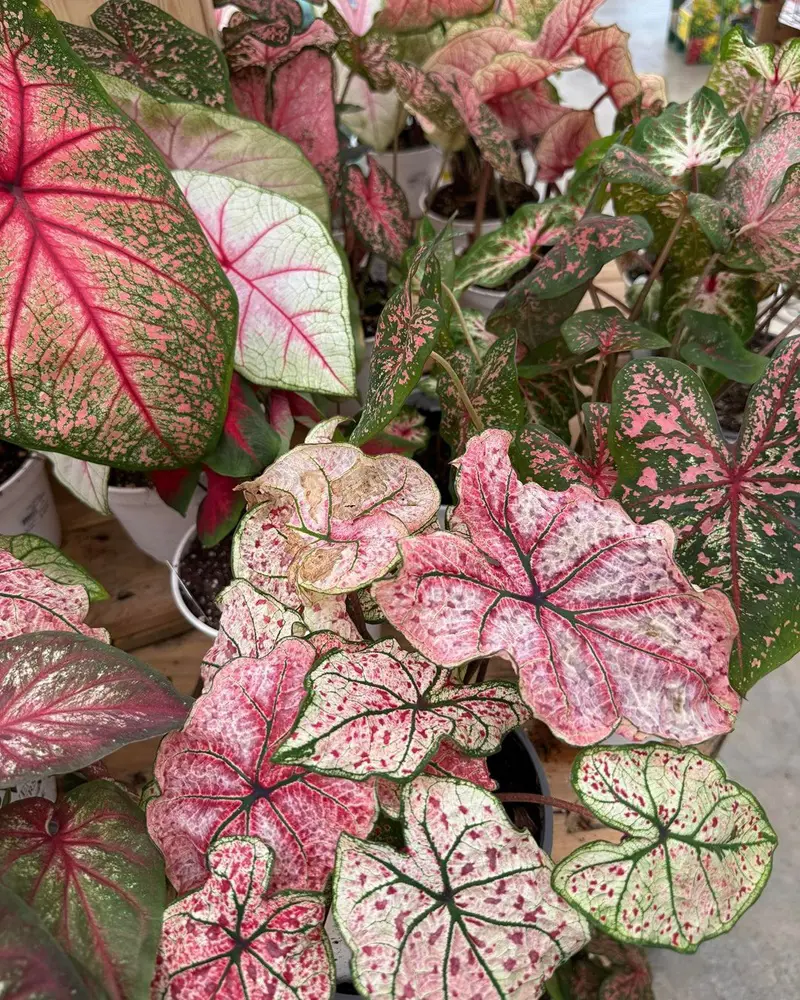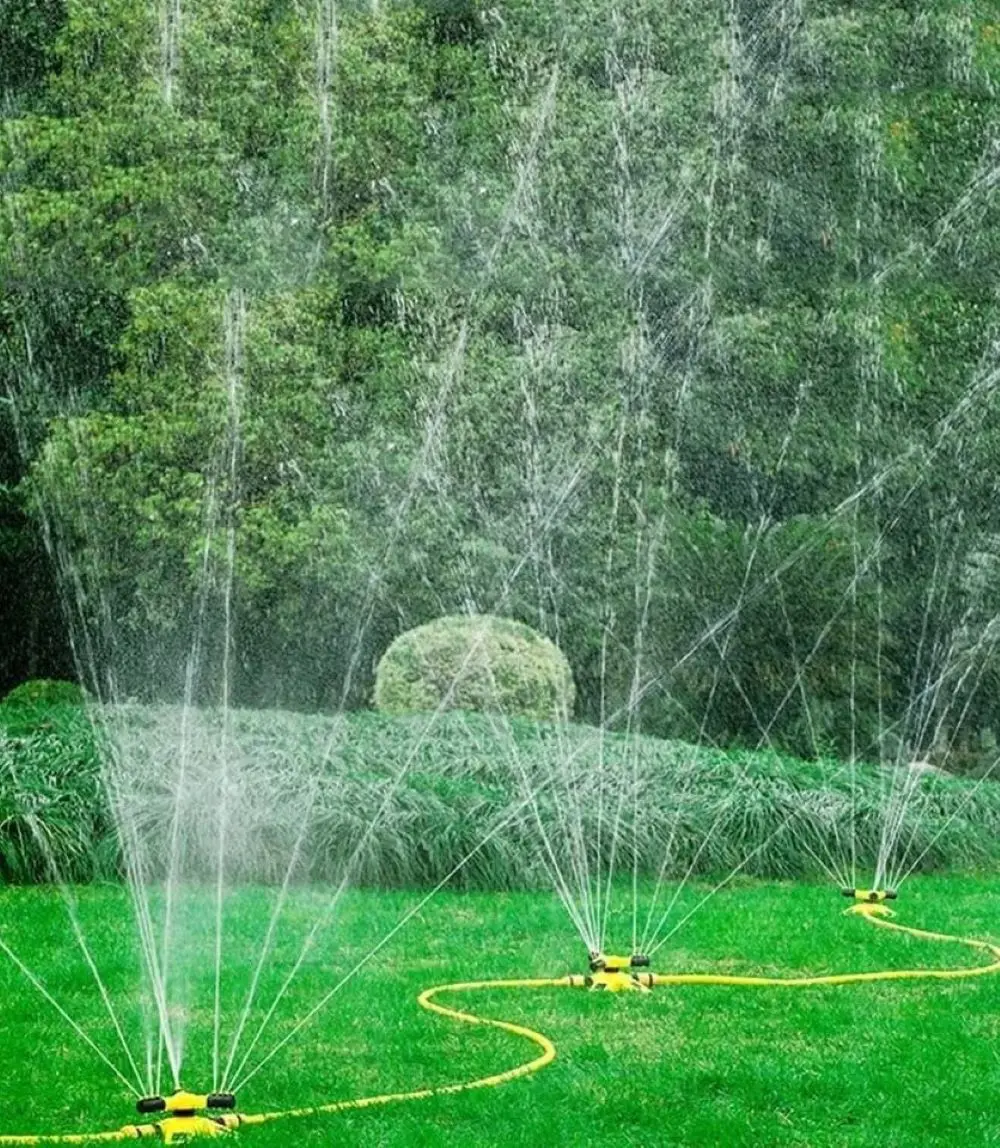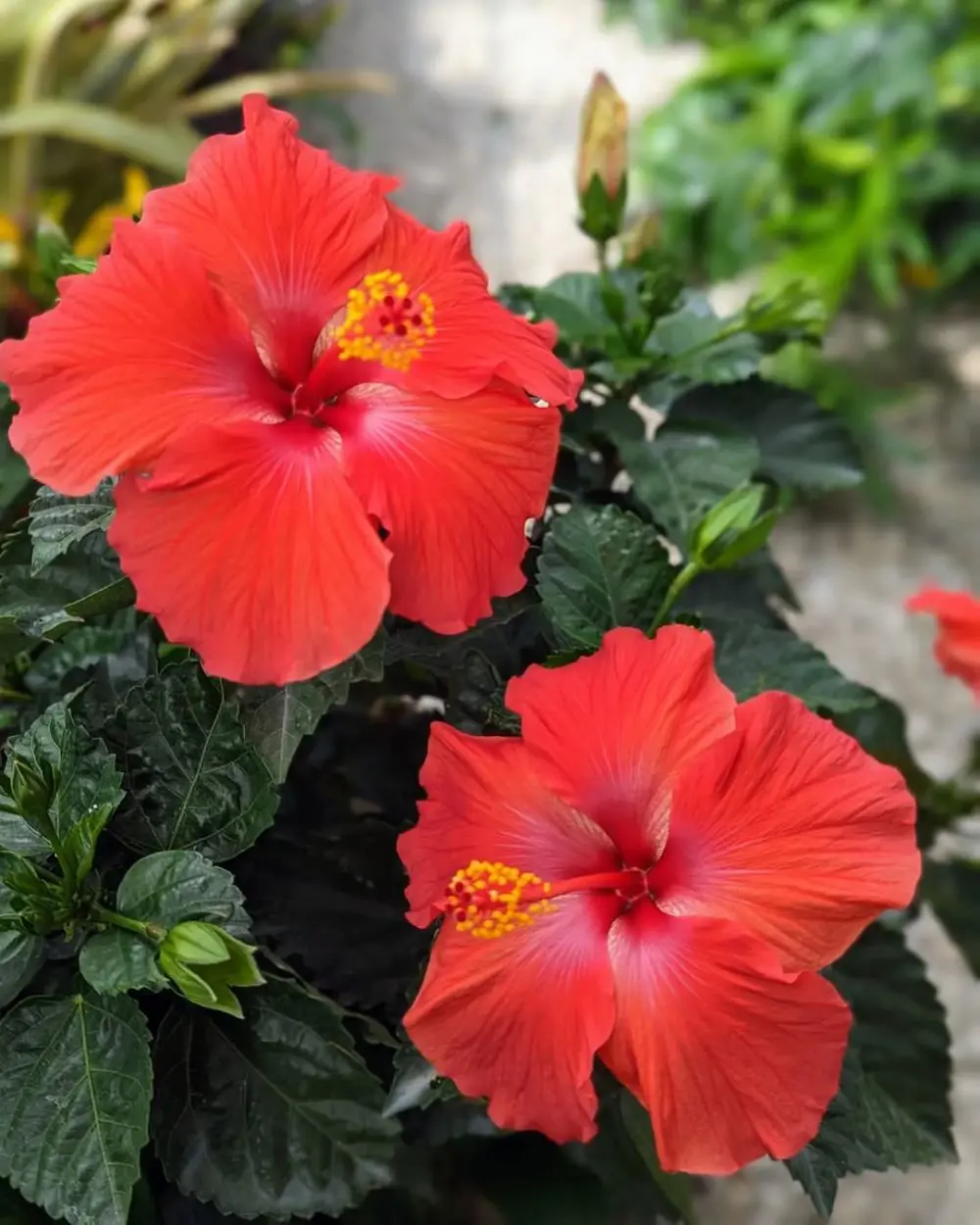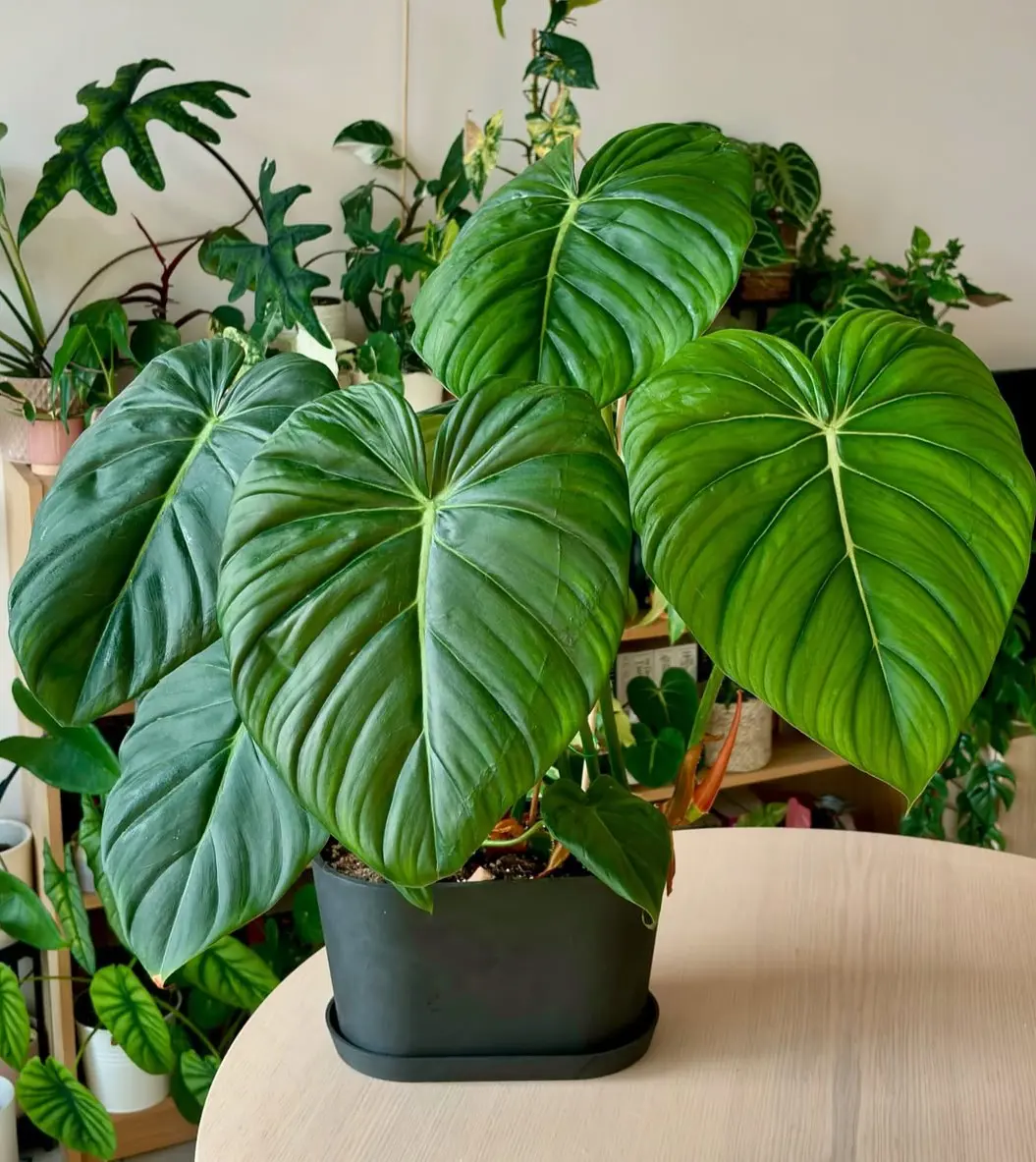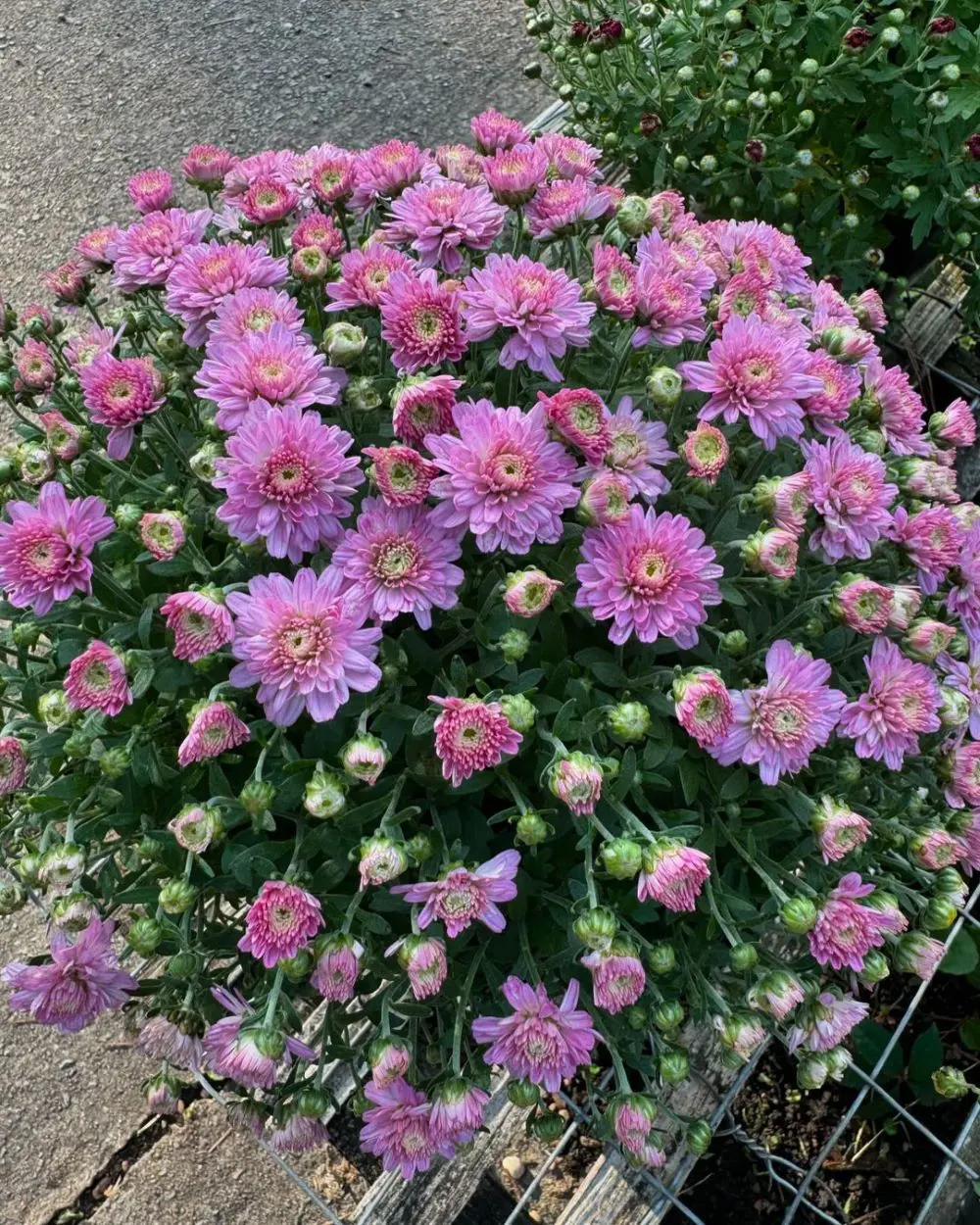Caladiums, celebrated for their vibrant and eye-catching foliage, are popular tropical plants that thrive in warm, humid environments. These plants can brighten up any indoor or outdoor space with their stunning leaves.
Whether you're a novice gardener or an experienced plant enthusiast, understanding the care requirements of caladiums is essential for maintaining their health and beauty. This comprehensive guide covers everything you need to know about caladium plant care, from choosing the right variety to propagation techniques.
Plant Attributes
Understanding the key attributes of caladium plants can help you make informed decisions about their care and placement. Here are some important characteristics:
- Scientific Name: Caladium bicolor (most common species)
- Common Names: Caladium, Elephant Ear, Heart of Jesus, Angel Wings
- Family: Araceae
- Native Range: South America, primarily Brazil
- Plant Type: Tuberous perennial
- Leaf Shape: Heart-shaped, lance-shaped, or strap-shaped
- Leaf Color: Varieties include shades of red, pink, white, green, and combinations thereof, often with striking patterns or veins
- Mature Size: Typically 6 inches to 2 feet tall, depending on the variety
- Bloom Time: Summer, although they are primarily grown for their foliage
- Hardiness Zones: USDA zones 9-11; grown as annuals or houseplants in cooler climates
Types of Caladiums
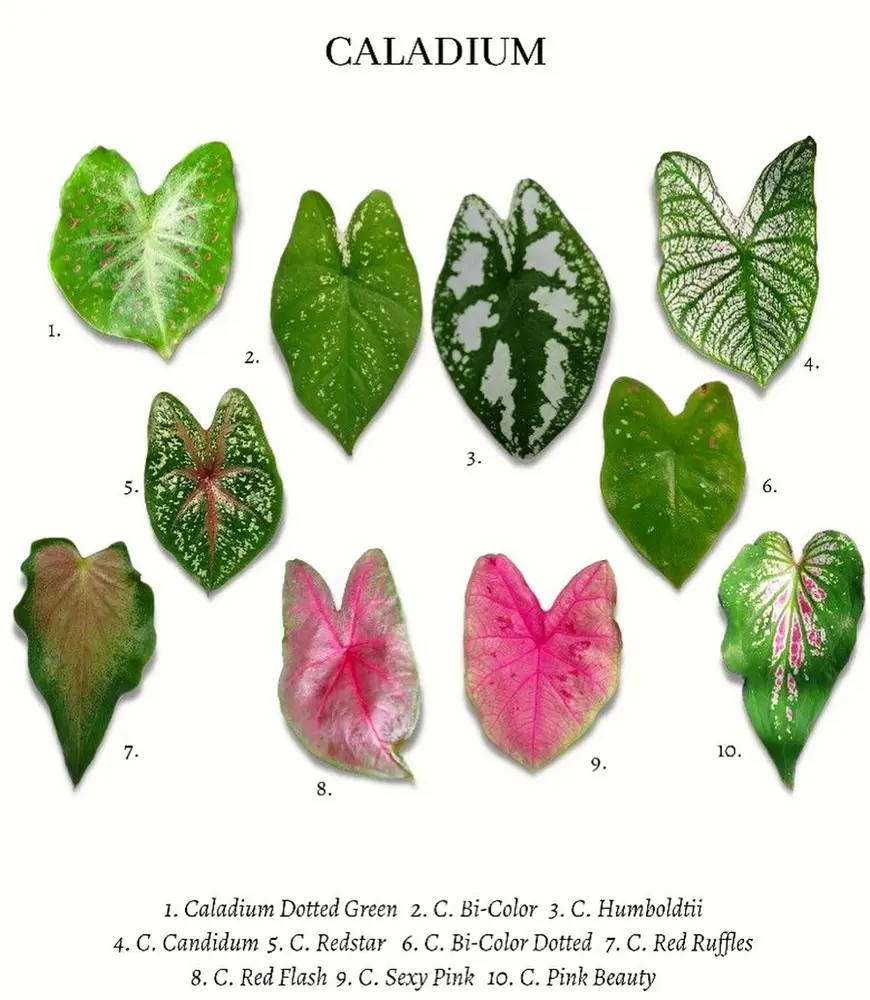
Caladiums come in a wide array of shapes, sizes, and colors, making it easy to find a variety that suits your preferences and growing conditions. Some popular types include:
- Fancy-Leaf Caladiums: Known for their large, heart-shaped leaves with vibrant colors and patterns.
- Strap-Leaf Caladiums: These have narrower, elongated leaves and are often more tolerant of sun.
- Dwarf Caladiums: Smaller varieties that are perfect for container gardening or small spaces.
Caladium Plant Care and Growth
Caladiums are tropical plants that require specific conditions to flourish. Proper care involves understanding their light, soil, water, temperature, and humidity needs.
Provides detailed instructions to help you the best possible care for your caladiums, ensuring they remain healthy and vibrant throughout their growing season.
1. Choosing the Right Caladium Variety
When selecting a caladium variety, consider the following factors:
- Leaf Shape: Caladium leaves can be heart-shaped, lance-shaped, or strap-shaped. Each shape offers a unique aesthetic appeal. Heart-shaped leaves are classic and widely recognized, lance-shaped leaves add a touch of elegance, and strap-shaped leaves provide a more modern look.
- Color: The color spectrum of caladiums is vast, including shades of red, pink, white, and green. Some varieties feature striking patterns or contrasting veins, which can add an extra layer of visual interest to your garden or indoor space.
- Size: Caladiums vary in size, with some varieties growing as small as 6 inches tall, while others can reach up to 2 feet. Consider the available space and desired impact when choosing a size. Smaller varieties are perfect for container gardening, while larger ones can make a bold statement in garden beds.
2. Light Requirements
Caladiums thrive in indirect light, which mimics their natural habitat under the canopy of tropical forests. To ensure your caladiums receive the right amount of light:
- Indoors: Place them near a window with filtered sunlight or in a spot with bright, indirect light. East or north-facing windows are ideal. Avoid direct sun exposure, as it can scorch their delicate leaves and cause the vibrant colors to fade.
- Outdoors: Plant caladiums in a shaded or partially shaded area. The morning sun is acceptable but protects them from the intense afternoon sun. Using shade cloth or planting them under taller plants can provide the necessary protection.
3. Soil and Potting Mix
The right soil is crucial for the healthy growth of caladiums. These plants prefer a well-draining, rich potting mix. Here’s how to prepare the perfect mix:
- Components: Use a combination of peat moss, perlite, and pine bark. Peat moss retains moisture without becoming waterlogged, perlite enhances drainage, and pine bark adds organic matter and aeration.
- Potting Tips: Ensure that the pot has drainage holes to prevent water accumulation. This helps avoid root rot, a common issue with caladiums if the soil remains too wet. For outdoor planting, improve soil drainage by incorporating organic matter like compost into the garden bed.
4. Watering
Proper watering is key to maintaining the lush appearance of caladiums. Here are some guidelines to follow:
- Frequency: Water caladiums when the top inch of soil feels dry. During the growing season (spring to fall), they require more frequent watering. Ensure the soil remains consistently moist but not soggy. Reduce watering during winter when the plant goes dormant.
- Method: Water the soil directly rather than the foliage to prevent fungal diseases. Early morning watering is best to allow excess moisture to evaporate throughout the day.
5. Temperature and Humidity
Caladiums thrive in warm, tropical conditions. To mimic their natural environment, maintain the following:
- Temperature: Keep a minimum temperature of 65°F (18°C). They prefer temperatures between 70-85°F (21-29°C) during the growing season. Avoid exposing them to temperatures below 60°F (15°C), as this can stress the plants.
- Humidity: High humidity is crucial for caladiums. If you're growing them indoors, consider using a humidity tray or regularly misting the leaves. Placing a humidifier nearby can also help maintain the necessary humidity levels. In outdoor settings, they benefit from naturally higher humidity levels, especially in tropical and subtropical regions.
6. Fertilizing
Feeding your caladiums ensures they have the nutrients needed for vibrant growth. Follow these tips for fertilizing:
- Type: Use a balanced, water-soluble fertilizer. A formulation with equal parts nitrogen, phosphorus, and potassium (such as a 10-10-10 or 20-20-20 fertilizer) works well.
- Frequency: Feed every 4-6 weeks during the growing season. Dilute the fertilizer according to the package instructions to avoid over-fertilization, which can lead to leaf burn and other issues. In winter, reduce or stop fertilizing as the plant enters dormancy.
7. Pruning and Deadheading

Regular maintenance keeps your caladiums looking their best. Here’s how to prune and deadhead:
- Pruning: Remove yellowing or damaged leaves promptly. This prevents the plant from wasting energy on unhealthy foliage and reduces the risk of disease.
- Deadheading: Remove spent flowers to encourage new growth. While caladiums are primarily grown for their foliage, deadheading can improve overall plant health and appearance. Use clean, sharp scissors or pruning shears to make clean cuts.
8. Overwintering
As winter approaches, caladiums naturally enter a dormant phase. To prepare for this:
- Dormancy: Allow the leaves to die back naturally. This signals that the plant is ready to rest.
- Storage: Reduce watering and dig up the tubers (rhizomes) once the foliage has died back. Store the tubers in a cool, dry place (between 50-60°F or 10-15°C) until spring. Use a paper bag or a box filled with peat moss or vermiculite to keep them dry.
- Replanting: When the weather warms up in spring, replant the tubers in fresh soil. Water them lightly and resume regular care as they start to grow.
9. Propagation
Propagating caladiums is a rewarding way to expand your collection. Here’s how to do it:
- Timing: Propagate by dividing the tubers during the plant’s dormant period.
- Method: Carefully separate the tubers, ensuring each division has at least one growth point or "eye." Plant the divisions in fresh, well-draining soil. Water them lightly and place them in a warm, humid environment to encourage new growth.
How to Grow Caladiums From Tubers
Growing caladiums from tubers is a straightforward process that allows you to enjoy their beautiful foliage year after year. Here’s a step-by-step guide:
- Select Healthy Tubers: Choose firm, healthy tubers with visible "eyes" or growth points. Avoid tubers that are soft or show signs of mold.
- Pre-Sprout (Optional): Pre-sprouting can give your caladiums a head start. Place the tubers in a warm, moist environment for a few weeks until they start to sprout.
- Planting: Plant the tubers in well-draining soil about 2 inches deep, with the "eyes" facing up. Space them 8-12 inches apart to allow room for growth.
- Watering: Water the tubers thoroughly after planting. Keep the soil moist but not waterlogged. As the plants grow, maintain consistent moisture.
Potting and Repotting Caladiums
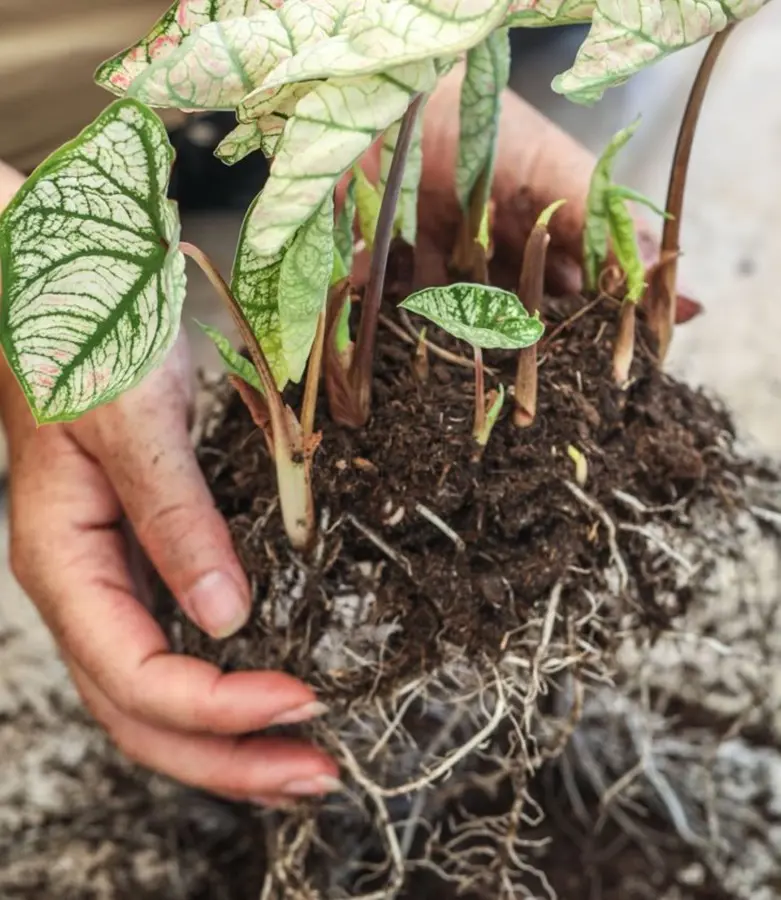
Potting and repotting caladiums ensures they have enough space to grow and thrive. Here’s how to do it:
- Initial Potting: Use a well-draining potting mix and a pot with drainage holes. Plant the tubers 2 inches deep and water thoroughly.
- Repotting: Caladiums can be repotted annually or when they outgrow their current pot. Choose a slightly larger pot and refresh the potting mix. Gently remove the plant from its old pot, loosen the roots, and replant it at the same depth in the new pot.
Common Pests & Plant Diseases
While caladiums are generally hardy, they can still fall prey to pests and diseases. Here are some common issues and how to address them:
- Aphids: Small, soft-bodied insects that suck sap from the leaves. Treat with insecticidal soap or neem oil.
- Spider Mites: Tiny arachnids that cause stippling on leaves. Increase humidity and use miticides if necessary.
- Mealybugs: White, cottony insects that feed on plant juices. Remove manually or treat with insecticidal soap.
- Fungal Diseases: Overwatering and poor air circulation can lead to fungal issues. Ensure proper watering practices and improve air circulation around the plants.
Common Problems with Caladiums
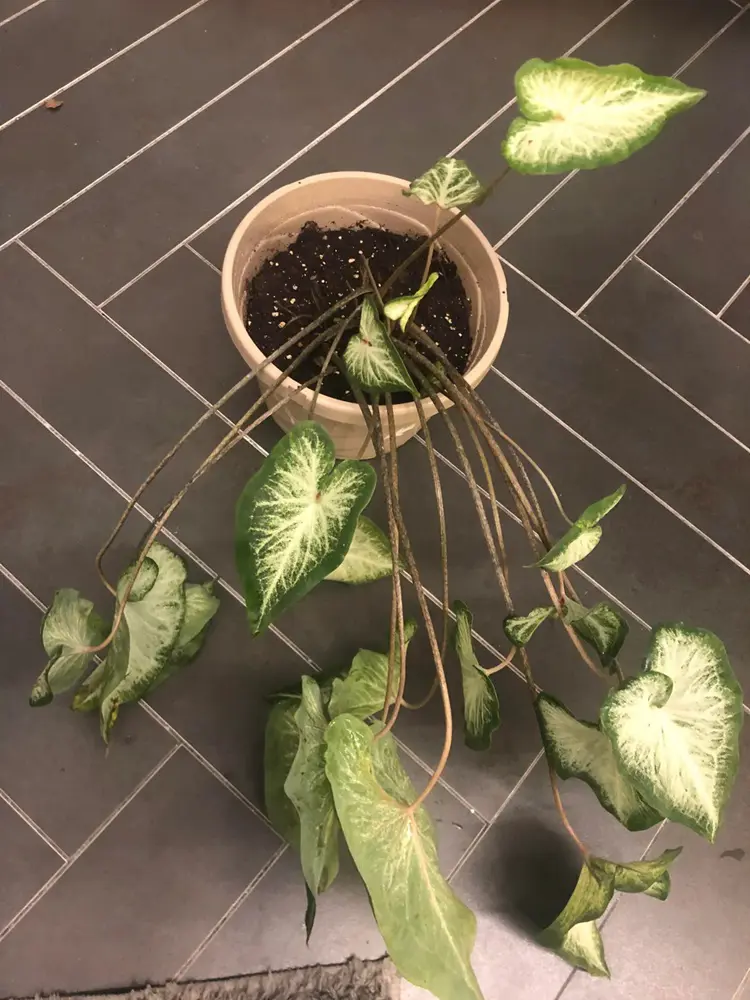
Even with the best care, caladiums can encounter problems. Here are some common issues and their solutions:
- Yellowing Leaves: Often caused by overwatering or poor drainage. Adjust watering habits and ensure the soil is well-draining.
- Leaf Scorch: Direct sunlight can cause leaf burn. Move the plant to a location with indirect light.
- Stunted Growth: This can be due to insufficient nutrients or poor soil conditions. Ensure regular feeding and use a well-draining, nutrient-rich potting mix.
Remember that caladiums are primarily grown for their stunning foliage, and their leaves may last only a few months each year. However, with proper care, you can enjoy their beauty season after season.
